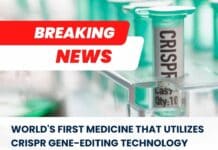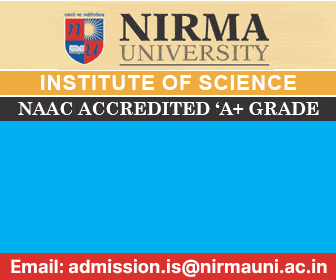MSc Biostatistics Govt Jobs at CDSCO – Apply Online!
MSc Biostatistics Govt Jobs at CDSCO – Apply Online! Looking for a rewarding career in the field of Biostatistics or Statistics? Your opportunity awaits! Discover the latest government job openings for MSc Biostatistics/Statistics graduates and apply online today.
Job Title: Biostatistician-cum- Epidemiologist
Number of vacancies: 01
Organization: Government of India, Directorate General of Health Services, Central Drugs Standard Control Organization (CDSCO).
Name of the Agency: Mis Rishab Enterprises
Location: CDSCO(HQ)
Renumeration: Rs.60,000/p·m.
Qualification: Master’s degree Statistics or Biostatistics.
Experience:
- 3 years working experience In the field of Biostatistics and Epidemiology.
- Experience of calculating sample size, study design, execution, analysis and interpretation
of clinical trial results. - Experience In writing Statistical analysis plan and providing inputs to clinical trial.
How to Apply:
- The position mentioned above are to be filled up through Mis Rishab Enterprises,
who are the GeM selected outsourcing agency approved for the purpose. The address, etc. of the agency are as under.-
Rishab Enterprises,
K-63, 65, BK Dutt Colony,
Lodhi Road, New Delhi.
E-mail: [email protected] - The candidates who are interested to be considered and meet the qualifications experience, etc. prescribed above may apply to the said agency directly and immediately till 22.09.2023.
Click here for the notification
Government Job for MSc Biostatistics/Statistics.The possible interview Q & A to help you with:
1. Question: Can you explain your experience in the field of Biostatistics and Epidemiology, including any specific projects you’ve worked on?
Answer: I have over three years of experience in Biostatistics and Epidemiology. During this time, I have been involved in various projects that required the design, execution, and analysis of clinical trials. One notable project involved calculating sample sizes for clinical trials, developing Statistical Analysis Plans (SAPs), and providing critical inputs for interpreting clinical trial results. I’ve also been actively involved in data collection and analysis related to epidemiological studies aimed at understanding disease trends and risk factors.
2.Question: How do you stay updated with the latest statistical techniques and methodologies in the field of Biostatistics?
Answer: Staying current in the field of Biostatistics is crucial. I regularly attend conferences, workshops, and seminars related to Biostatistics and Epidemiology. Additionally, I am an active member of professional organizations such as the International Society for Biopharmaceutical Statistics, which provides access to the latest research and publications. Continuous learning and engagement with peers are key to staying updated in this rapidly evolving field.
3.Question: Can you describe your experience with writing Statistical Analysis Plans (SAPs) and their importance in clinical trials?
Answer: Writing Statistical Analysis Plans is a fundamental aspect of my work. SAPs outline the statistical methods and procedures that will be used to analyze clinical trial data. They are essential for ensuring transparency and consistency in data analysis, which is critical for regulatory compliance and scientific integrity. In my previous roles, I have written SAPs that detail the choice of statistical tests, data handling, and interpretation strategies to ensure robust and valid conclusions are drawn from clinical trial results.
4.Question: How do you handle challenges related to sample size calculations in clinical trials?
Answer: Calculating the appropriate sample size is a crucial step in the design of clinical trials. To address challenges in this area, I first thoroughly review the study objectives and research questions. I then use statistical power calculations and consider factors like expected effect size, alpha and beta error levels, and variability in the data. Additionally, I leverage my experience to anticipate potential recruitment issues or data variability and adjust the sample size accordingly. The goal is to ensure that the trial has sufficient statistical power to detect meaningful effects.
5.Question: Can you provide an example of a situation where you had to collaborate effectively with a multidisciplinary team in a research or clinical setting?
Answer: Certainly, collaboration is essential in the field of Biostatistics and Epidemiology. In one project, I collaborated with clinicians, data managers, and regulatory affairs experts on a complex clinical trial. We faced challenges in data collection and had to adapt our statistical analysis plan in real-time. Through effective communication and collaboration, we were able to address these challenges, make necessary adjustments, and ensure the trial’s success. This experience highlights the importance of teamwork in achieving research goals and maintaining data quality.












































